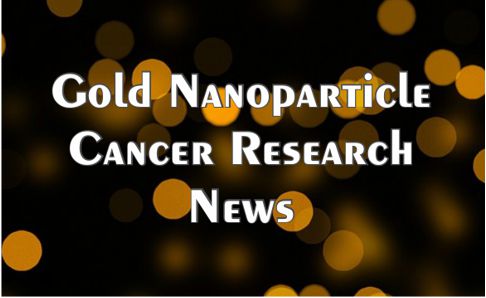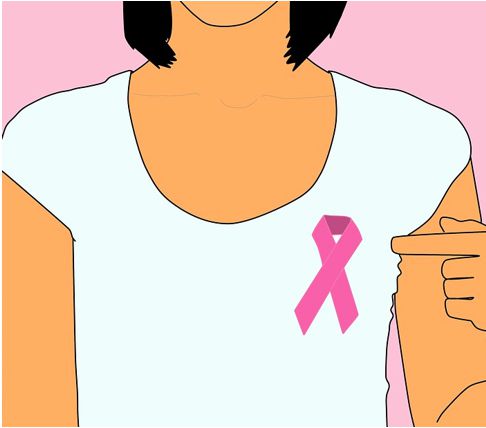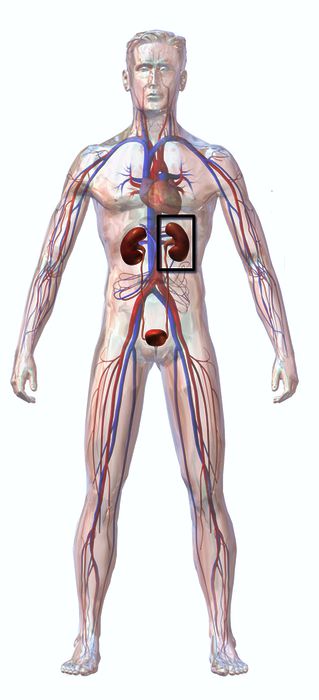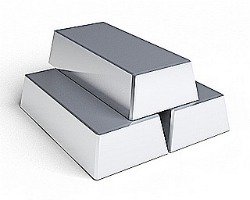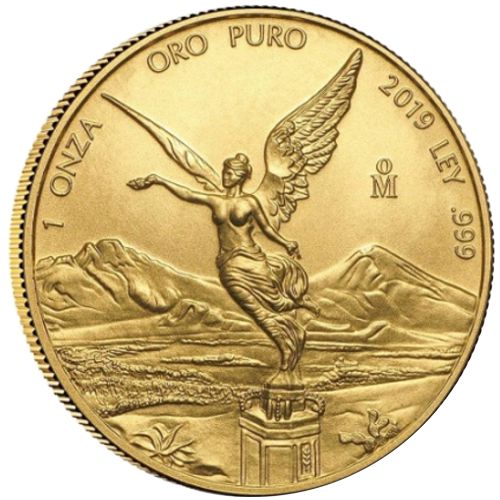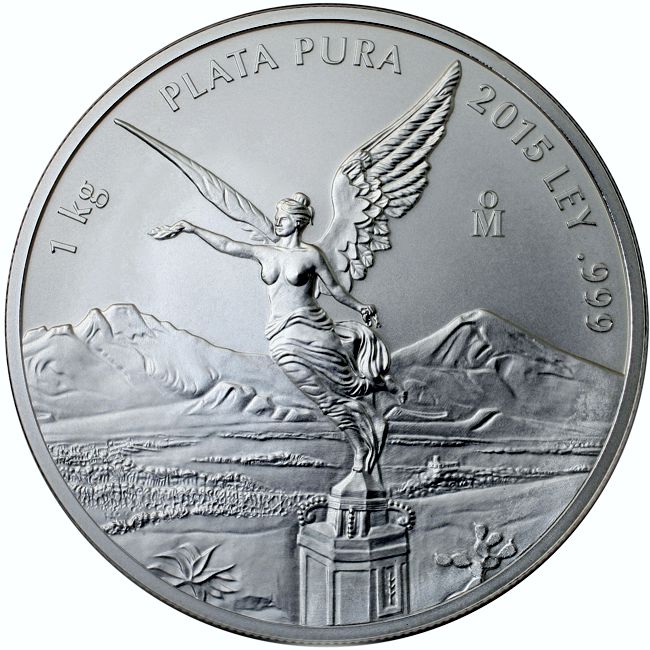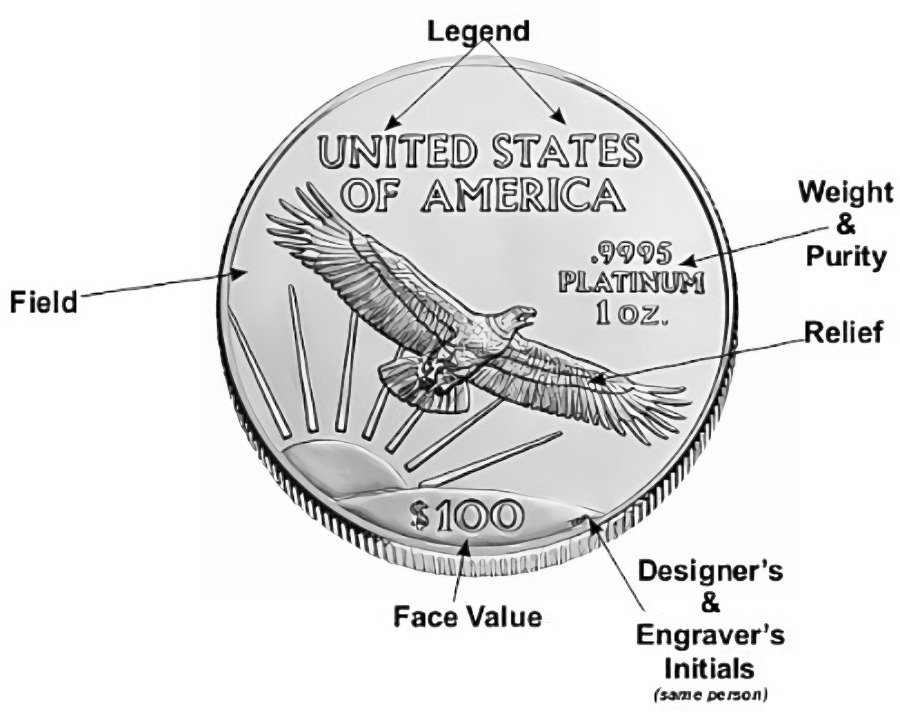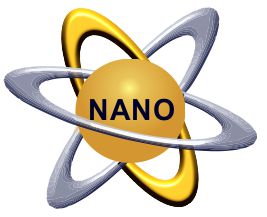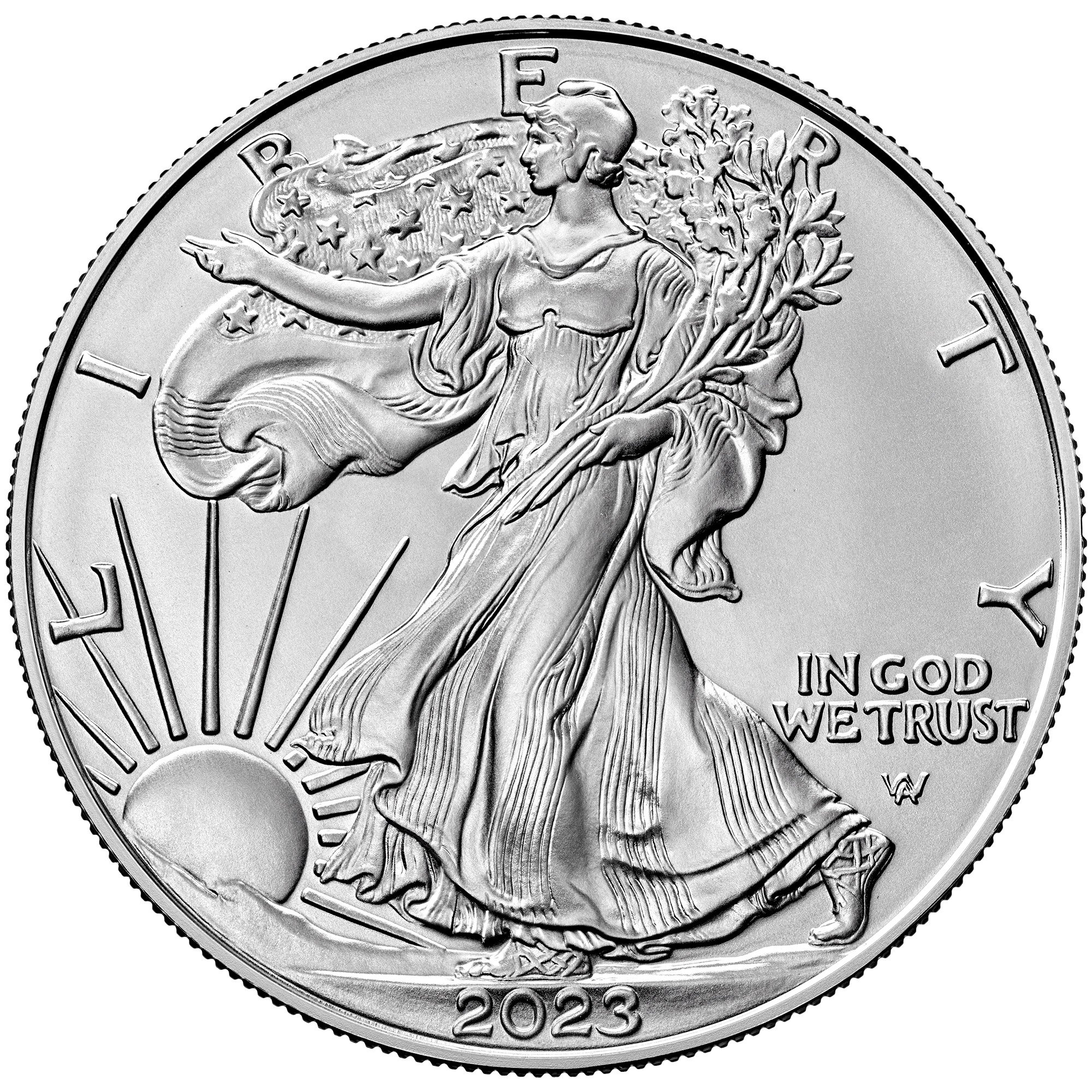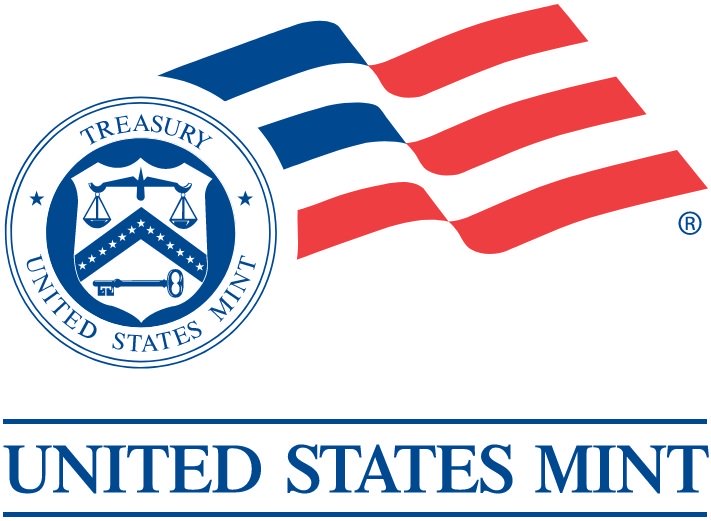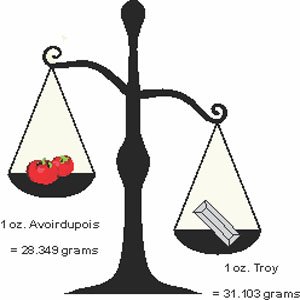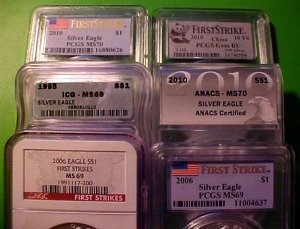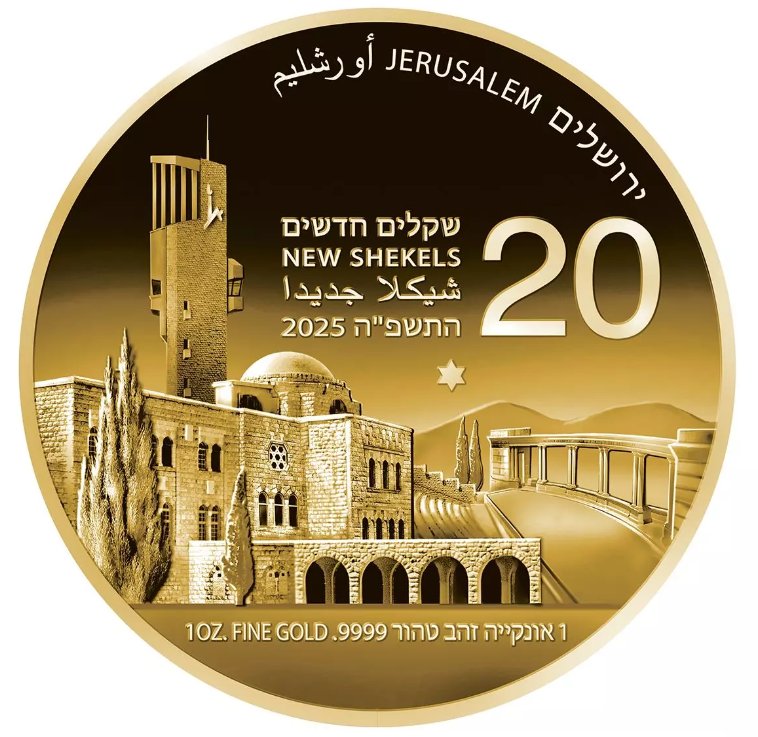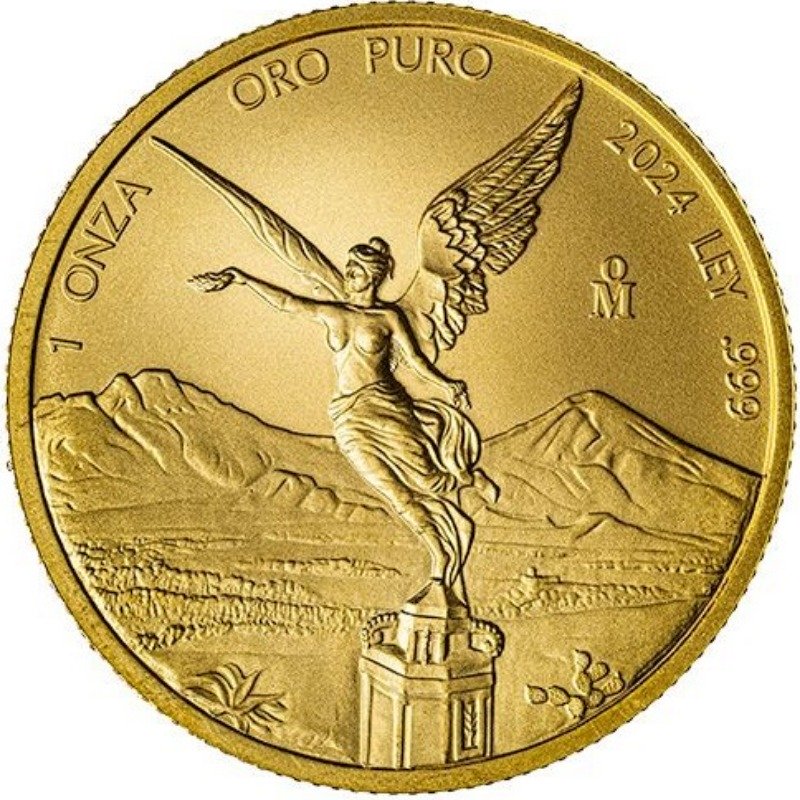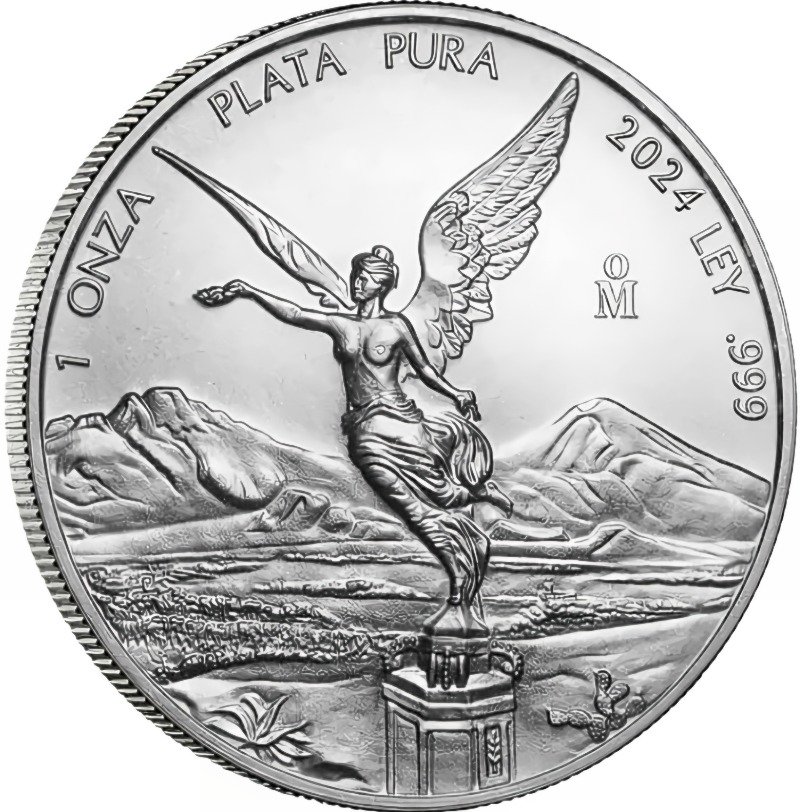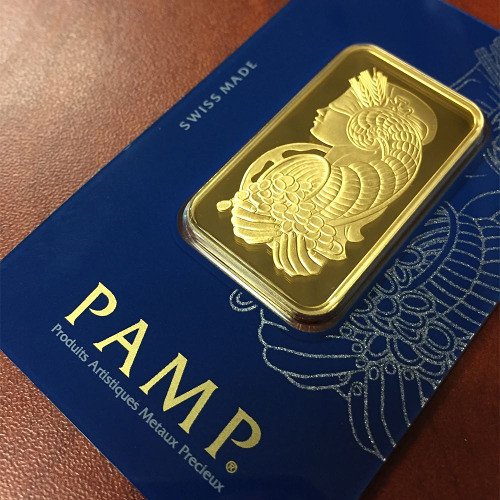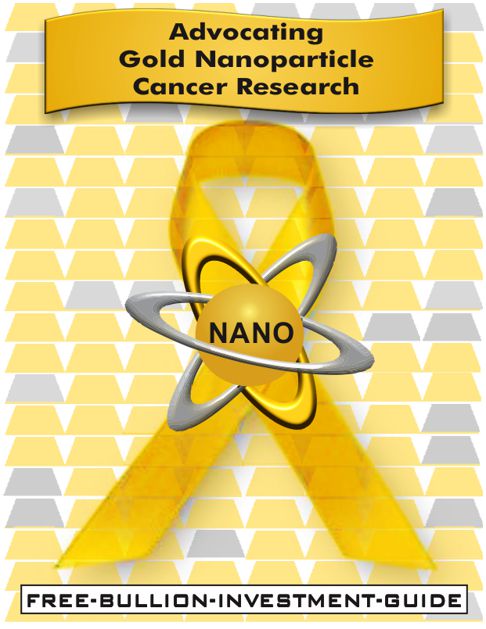Homepage / AuNP Research Blog / Gold Nanoparticle Cancer Research News #5

ExpressGoldCash - 4.9 star - Customer Reviews
Gold Nanoparticle Cancer Research News
#5
Originally Posted on 02/20/2018 @ 4:15 pm
Last Edited on 06/01/2025
by Steven Warrenfeltz
Subscribe to this Blog
Hello,
Gold Nanoparticle Cancer Research is one of the most promising cancer treatments in the pipeline.
The Free Bullion Investment Guide is unique compared to other guides because it not only serves as a physical precious metals bullion guide but also advocates for Gold Nanoparticle Cancer Research.
Gold Nanoparticles in Cancer Research are designed to kill cancer cells without harming healthy tissues; therefore, it does not have harmful side effects.
Chemotherapy is a biohazard derived from mustard gas and is responsible for hair loss, rather than cancer itself. Chemotherapy should be administered in much smaller doses for the treatment of cancer. Numerous studies have indicated that attaching chemotherapy drugs to gold nanoparticles is a better way to kill cancer cells with minimal side effects compared to how chemotherapy is currently administered.
Medicine should heal, not harm an individual; we need to get out of the 20th-century ways of treating cancer and start using 21st-century methods.
Gold Nanoparticle Cancer Research has repeatedly shown, in study after study, that it should be one of the 21st century's better ways of treating cancer.
In this fifth report, you'll find summaries of all of the latest Gold Nanoparticle Cancer Research that was released over the last few weeks.
Studies in this issue include:
- Gold Nanoparticles' Kill Breast Cancer Cells
- Georgia Tech uses 'Hairy' Gold Nanoparticles to kill cancer
- University of Texas Researchers learn how Gold Nanoparticles move in the Kidneys to help create better kidney disease-fighting treatments.
- International Joint Research Group uses gold nanoparticles to send two different cancer-fighting drugs to kill ovarian cancer cells.
Gold Nanoparticles Destroy
Breast Cancer Cells
In this six-year study from the Autonomous Metropolitan University in Mexico City, researchers injected gold nanoparticles into breast cancer tissue that consisted of healthy and cancerous cells.
The researchers noted that no other type of chemical substance or outside source was was used against the cancer cells; only gold nanoparticles were administered to kill the cancer, plus the body did not reject the gold nanoparticles because they are inert and do not create an immunogenic response.
After 12 hours of incubation, researchers observed that gold nanoparticles roughened the outer membranes of cancerous cells, making them easier to penetrate, while leaving healthy cells unharmed.
Once the cancer cells' outer membranes were altered by the gold nanoparticles, the researchers proceeded to administer additional gold nanoparticles directly to the breast tissue.
The second dose of gold nanoparticles easily penetrates cancer cells, targeting the nucleus and effectively destroying the cancer.
In conclusion, at the end of the article, Jimenez Salazar, Professor of the Department of Biology of Reproduction, an expert in gene expression, markers, and molecular signaling, stated the following about the outcomes of the research:
|
""...because the application of chemotherapy causes havoc in organs in a non-specific manner and in that sense the inquiry lays the basis of the creation of substances that attack the tumor cells individually." - Jimenez Salazar, Professor of the Department of Biology of Reproduction |
'Hairy' Gold Nanoparticles
Kill Cancer with Multiple Punches
The next study originates from Georgia Tech, where recent news has been released about their work with Gold Nanoparticles.
The graphic to the left is a light-hearted view of a "hairy" gold nanoparticle; however, all kidding aside, the gold nanoparticles in this study could help save a life one day.
In addition, the "hairs" on these gold nanoparticles are light-sensitive polymers that can be assembled and disassembled by using different wavelengths of light.
These 'hairy polymer gold nanoparticles' are made with a core of cancer-fighting drugs. In the study, once the gold nanoparticles accumulated around the cancer cells, researchers directed wavelengths of light onto them, which caused the polymers' hairs to join together.
Plus, the light heated the gold nanoparticles, causing them to release the drug into the cancer cells, killing them.
Gold Nanoparticles Offer New Ways to Fight Kidney Diseases
Every day, our kidneys filter our blood by removing waste and excess fluid from our bodies, while maintaining our blood at its proper pH levels and stabilizing it with the right amount of nutrients, electrolytes, and hormones. The waste from the kidneys is sent to our bladder, while the re-nourished blood circulates throughout the body.
This next study comes to us from the University of Texas in Dallas.
A research team, led by Dr. Jie Zheng, associate professor of chemistry in the School of Natural Sciences and Mathematics, studied how the kidneys filtered gold nanoparticles to help them create better therapies to fight kidney diseases.
In the study, Dr. Zheng stated the following about their findings:
|
“We were surprised to find that smaller gold nanoparticles were filtrated four to nine times slower than just a few atom-larger ones in the early elimination stage,” Zheng said. “These findings help further improve our understanding of kidney filtration in the sub-nanometer regime and show how precisely the kidney can respond to the ultra-small nanoparticles. We hope this new knowledge can potentially help in the creation of therapies that can target kidney diseases.” - Dr. Jie Zheng |
Zheng's team discovered that bringing particle sizes down into the sub-nanometer range is a useful tactic for improving nano-medicine's capacity to target tumors.
Article discussed above: Nanoparticle Study Produces Clearer Understanding of Kidney Function - UTD News CenterInternational Research Study uses Gold Nanoparticles to Kill Ovarian Cancer Cells
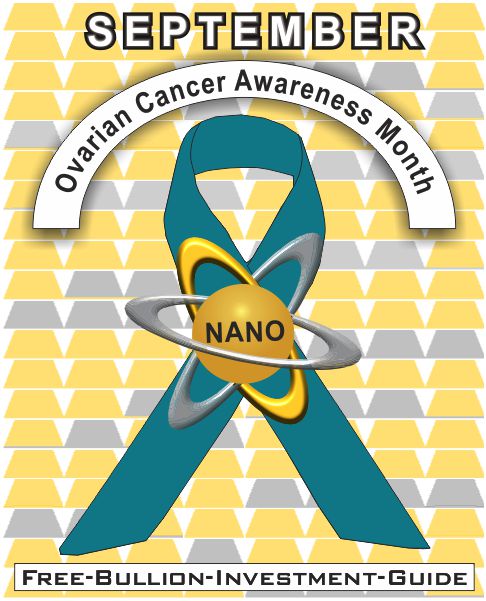
The last study is about how researchers in China, the United States, and Russia used Gold Nanoparticles to transport two chemotherapy drugs to kill HeLa Ovarian (and Cervical) cancer cells.
The researchers state that they used gold nanoparticles for the following reasons:
|
“Gold nanoparticles (AuNPs), have become highly feasible materials for treating malignant tumors, owing to their unique quenching efficiencies, biocompatibility, and significant surface modifiability.” |
Synthesized gold nanoparticles were covered or "decorated" with these two chemotherapy drugs, Bleomycin (BLM) and Doxorubicin (DOX).
These two drugs are known for being effective, but they are also known for having severe side effects; however, when researchers reduced the dosage of the drugs and attached them to gold nanoparticles, which also removed many of their side-effects.
Furthermore, the researchers found that once they had coated the gold nanoparticles with Bleomycin (BLM) and Doxorubicin (DOX), the nanoparticles "exhibit excellent colloidal stability."
In the study, researchers evaluated Bleomycin (BLM) alone and compared the results with those obtained from gold nanoparticles loaded with BLM and DOX.
|
“Based on this comparative analysis, it is feasible to conclude that the combination of the two anticancer therapeutics in the delivery nanovehicle resulted in improved cytotoxic effect at relatively lower concentrations.” |
The stated goal of the study was to "synthesis of AuNPs decorated with two chemotherapy agents and study of their efficiency to carry anti-cancer drug to the tumor site and sustainably cure diseases."
The study's conclusions indicate that the researchers successfully achieved their goal.
Furthermore, in the conclusion of the study, researchers stated the following on their successful results:
|
“In light of these results and the “two-punch” approach, we believe that our proposed work offers an excellent opportunity to design nanocarriers with active targeting against ovarian cancer. While improving their bio-distribution and bioavailability profiles in vivo, further studies are envisaged to progress ovarian cancer treatments.” |
Thank You for your Time.
Take Care & God Bless,
Steve
Other pages, on this Guide, that you
may like...
|
|
|
Notice:
The charts, commentary, and information on the Free-Bullion-Investment-Guide.com are not meant to encourage you to invest or divest in any particular way.
|
Support this Guide & Paypal Thank You for Your Support |
|
|
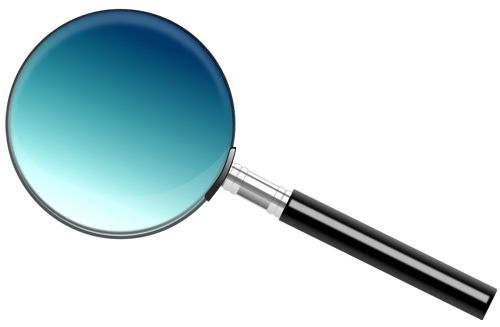 | |||||

Ad Gloriam Dei
This website is best viewed on a desktop computer.
Keep this Guide Online
& Paypal
Thank You for
Your Support
with Feedly
Search the Guide
| search engine by freefind | advanced |
Premium Canadian Bullion
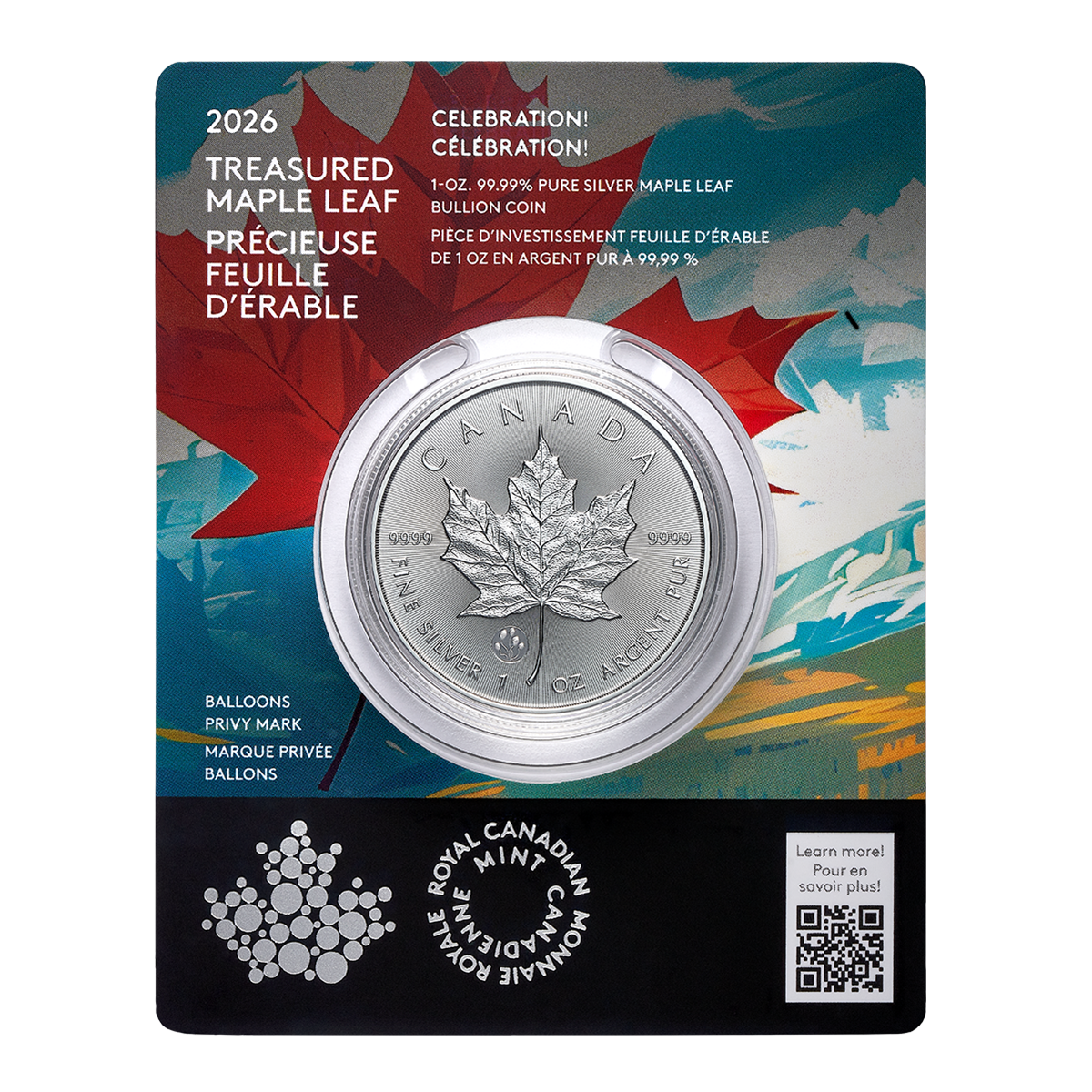
Give a lasting gift of the iconic Silver Maple Leaf bullion coin [More]
Free Shipping on Orders over $100 (CDN/USA)
or
From the U.K. Royal Mint


Daily
Newsletter
Updated Mintages for
American Gold Buffalo
American Gold Eagle
American Silver Eagle
2024 & 2025
Jerusalem of Gold Bullion
Coin photos
(bottom of page)
Mintages
for
2024
Gold & Silver Mexican Libertad
|
Gold Libertads |
Chinese Gold Coin Group Co.
& Chinese Bullion
Help Us Expand our Audience by forwarding our link
www.free-bullion-investment-guide.com.
Thank You!
Last Month's

In No Particular Order
November 2025
All Articles were Originally Posted on the Homepage
